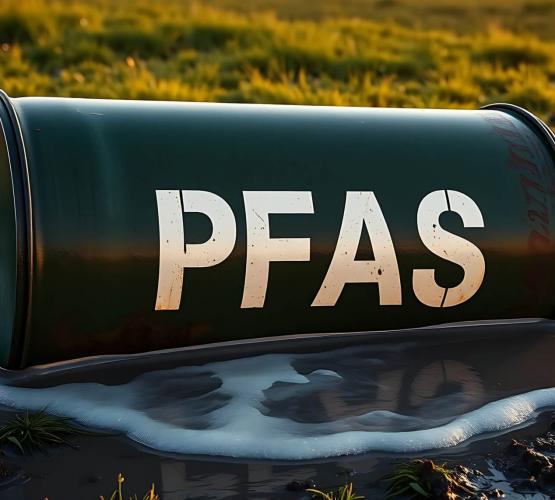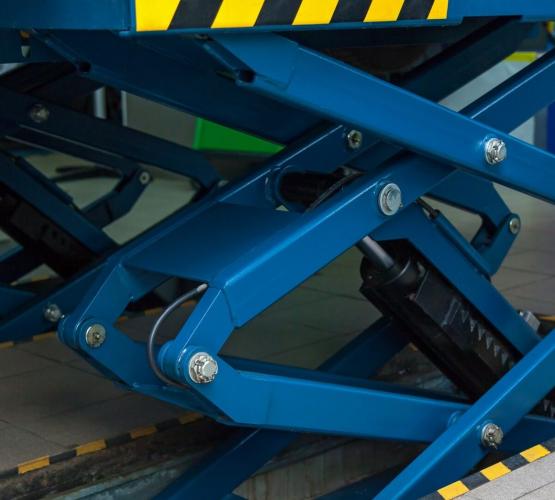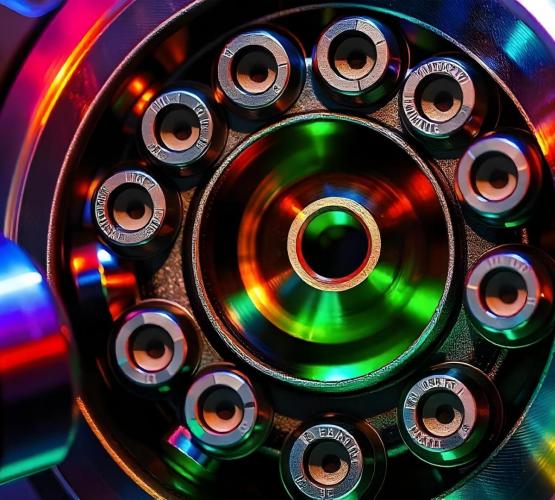
Troubleshooting Plain Sliding Bearings: Common Issues and Solutions
Plain sliding bearings are essential components in machinery, providing support and reducing friction for smooth motion. Despite their reliability, they can face issues that impact performance. This article outlines common problems and offers solutions.
Common Problems and Solutions
1. Excessive Wear
Problem: Wear occurs when friction or contaminants degrade the bearing surface, affecting efficiency.
Solution: Regularly inspect and lubricate bearings. Use appropriate grease or oil to minimize friction. Install seals to block contaminants and replace heavily worn bearings.
2. Overheating
Problem: Bearings can overheat due to friction, inadequate lubrication, or misalignment, leading to deformation.
Solution: Monitor bearing temperature during use. Apply high-temperature lubricants for demanding conditions and ensure proper alignment during installation to reduce friction.
3. Lubrication Issues
Problem: Insufficient or incorrect lubrication increases friction and wear, leading to overheating or bearing seizure.
Solution: Establish a lubrication schedule using suitable lubricants. Automated systems can provide consistent lubrication, and filtration systems can keep lubricants clean.
4. Corrosion
Problem: Moisture or chemicals can cause bearing surfaces to corrode, weakening their structure and performance.
Solution: Use corrosion-resistant materials like bronze. Apply protective coatings and install seals to prevent moisture ingress. Inspect regularly for signs of corrosion.
5. Contamination
Problem: Dust or abrasive particles can enter the bearing, increasing friction and damaging surfaces.
Solution: Install seals and shields to protect against contaminants. Clean the bearings and lubricant reservoirs periodically to remove particles.
6. Misalignment
Problem: Misaligned bearings cause uneven load distribution, leading to wear, noise, and vibration.
Solution: Use precision tools for proper alignment during installation. Self-aligning bearings are an option for applications prone to misalignment.
7. Surface Fatigue
Problem: Repeated load cycles can cause surface fatigue, resulting in cracks or flaking.
Solution: Reduce loads if possible or upgrade to a material with better fatigue resistance. Inspect bearings frequently to catch signs of fatigue early.
8. Vibration and Noise
Problem: Excessive vibration or noise indicates an underlying issue like misalignment, wear, or inadequate lubrication.
Solution: Check for correct alignment and sufficient lubrication. Inspect the bearing surface for wear or damage and replace it if necessary.
9. Inadequate Load Capacity
Problem: Bearings not designed for heavy loads may deform or fail under excess weight.
Solution: Ensure the bearing type matches the application’s load requirements. Upgrade to a higher capacity bearing if necessary.
10. Installation Errors
Problem: Improper installation can damage bearings and lead to premature failure.
Solution: Follow manufacturer guidelines during installation. Use appropriate tools to ensure precision and avoid over-torquing.
Conclusion
Plain sliding bearings are like the silent custodians of machinery—working tirelessly in the background, ensuring everything moves smoothly. However, even the most reliable components need attention. By being proactive and addressing common issues such as wear, overheating, and misalignment, you can transform potential breakdowns into moments of optimization. Think of troubleshooting not as a task but as a chance to fine-tune the heart of your equipment. When you give plain sliding bearings the care they deserve, they’ll return the favor with dependable performance and a longer life—keeping your operations moving forward, one smooth motion at a time.


